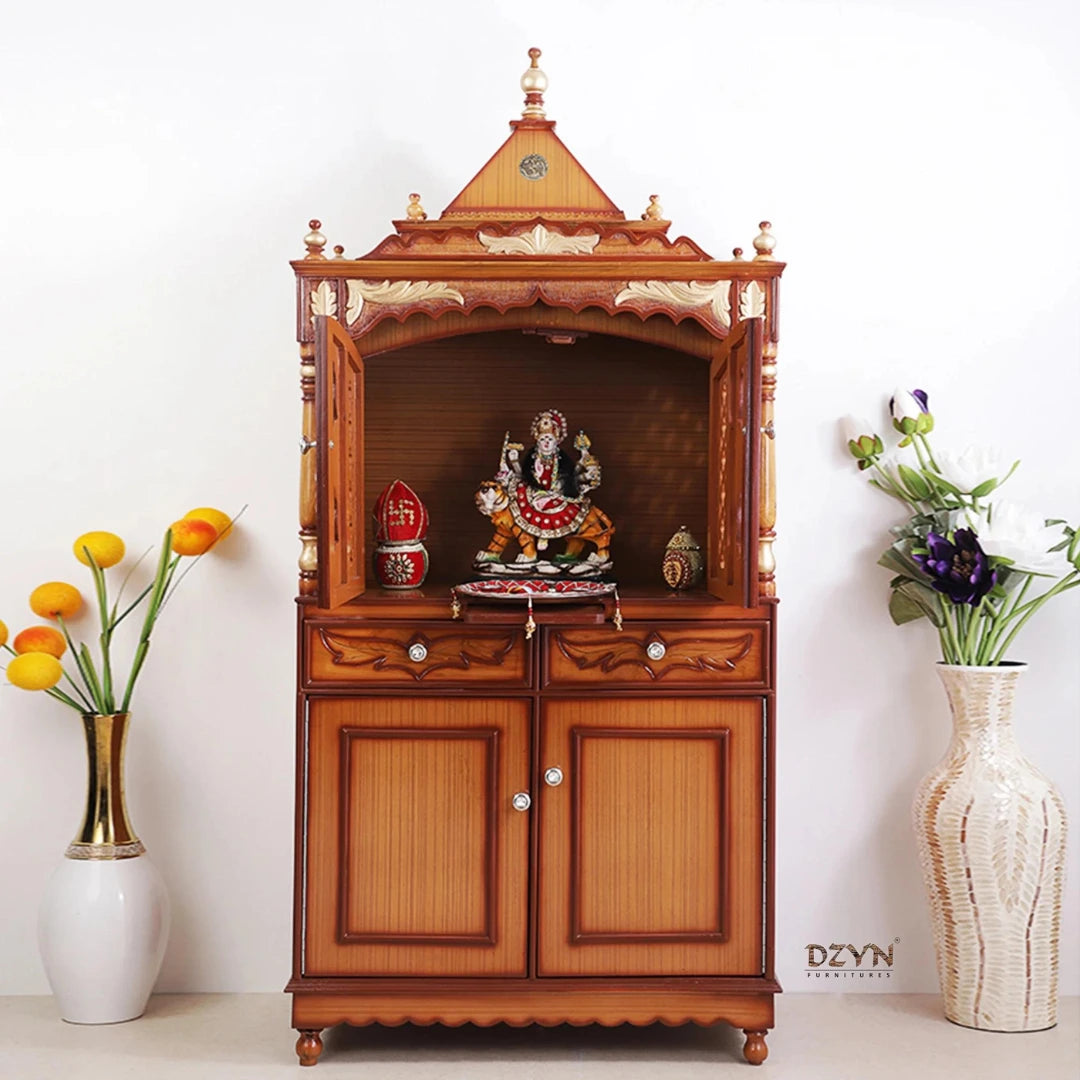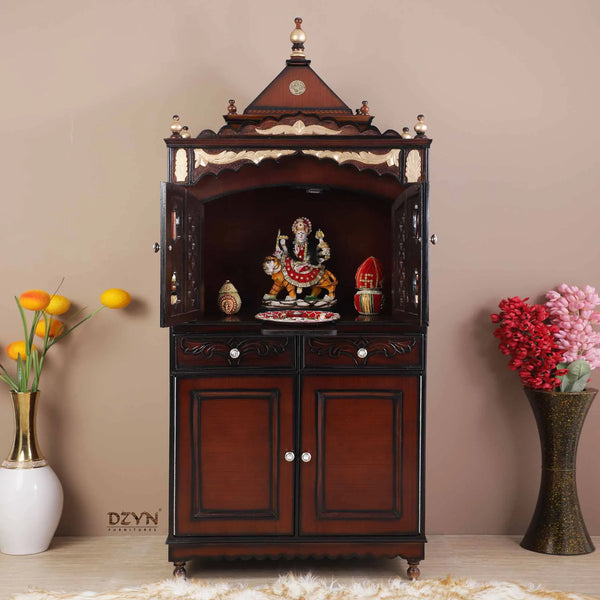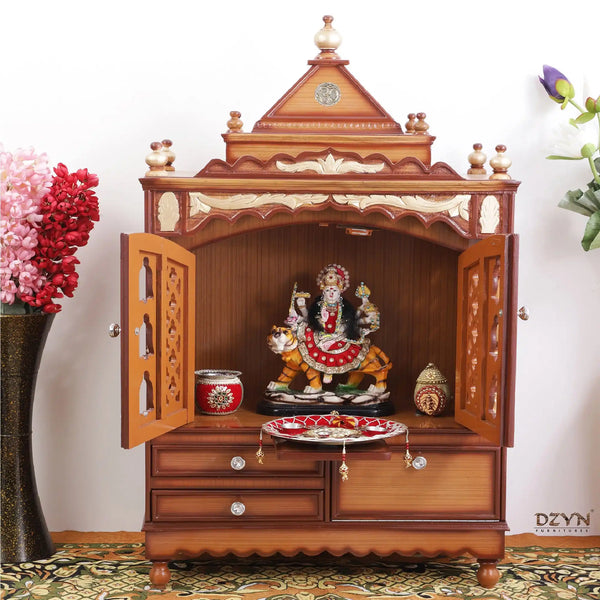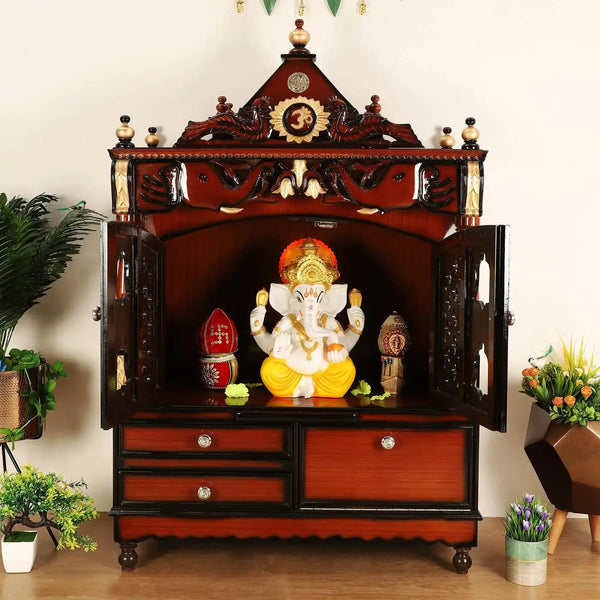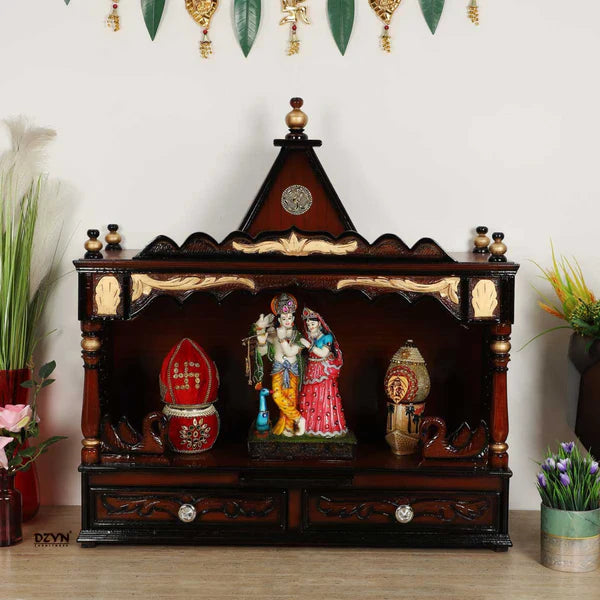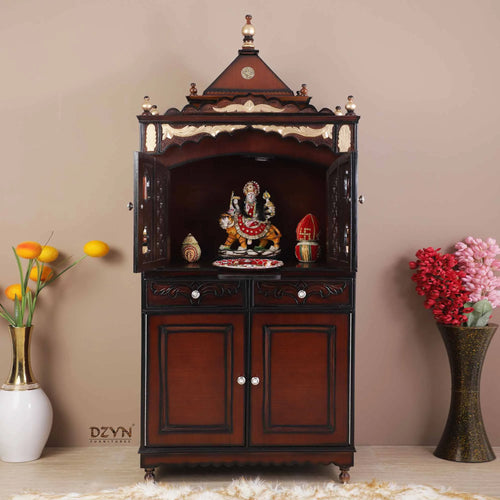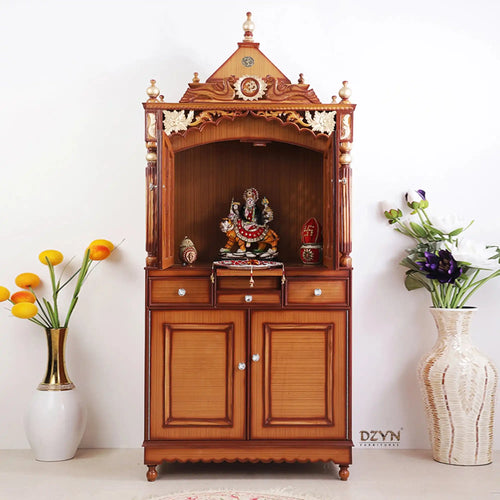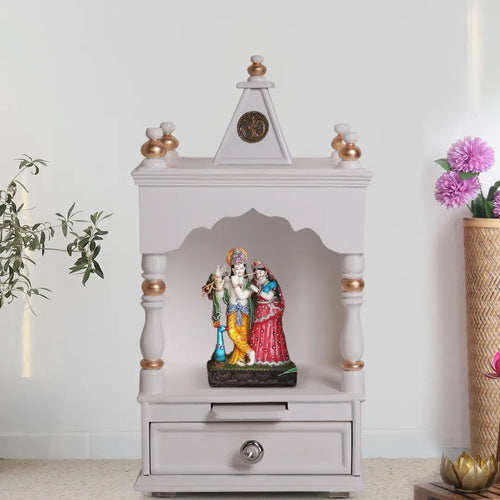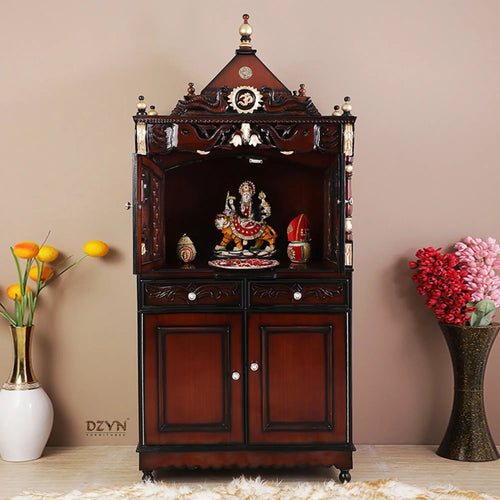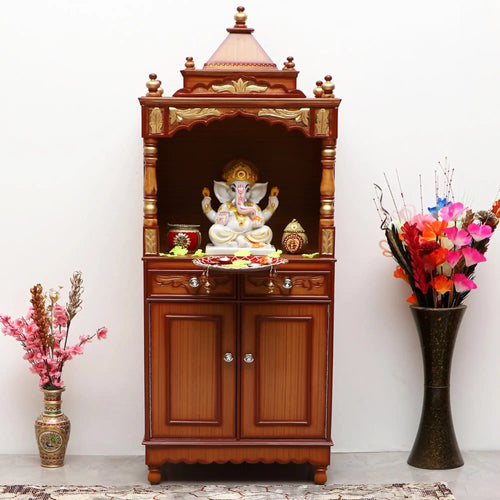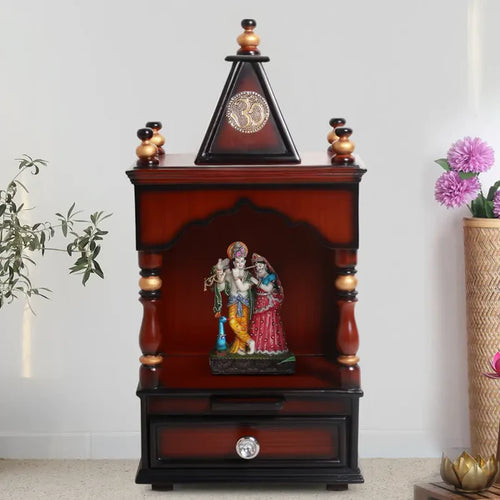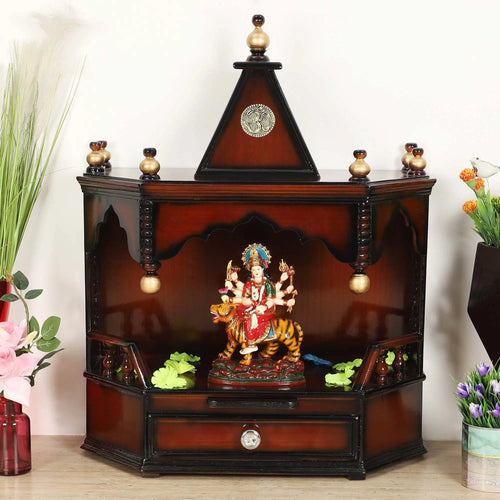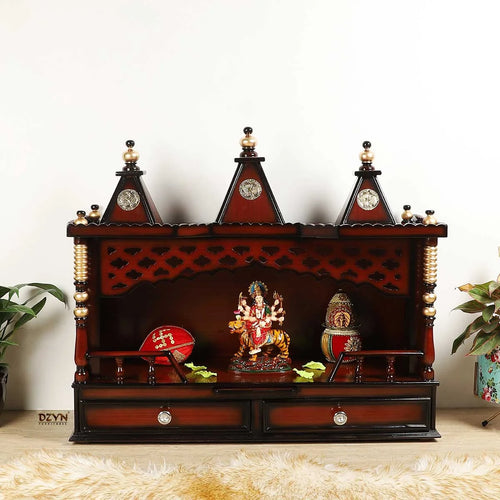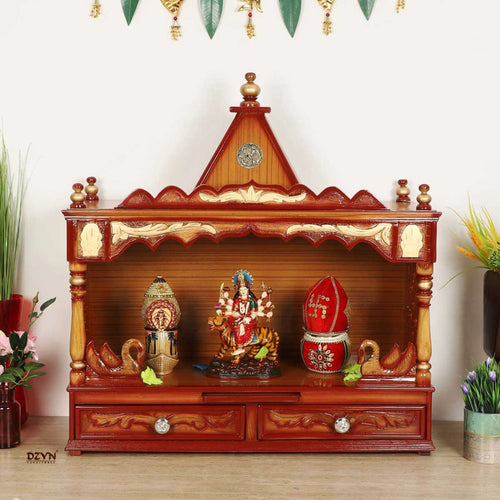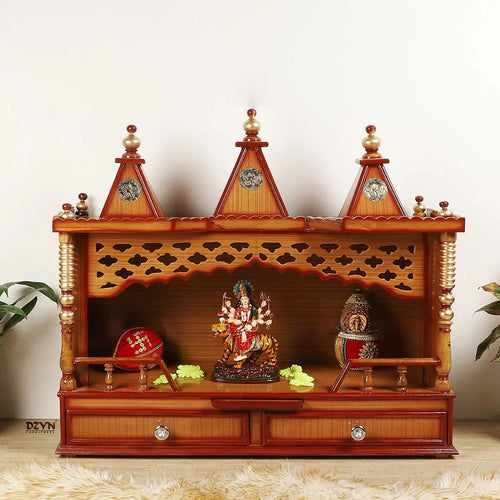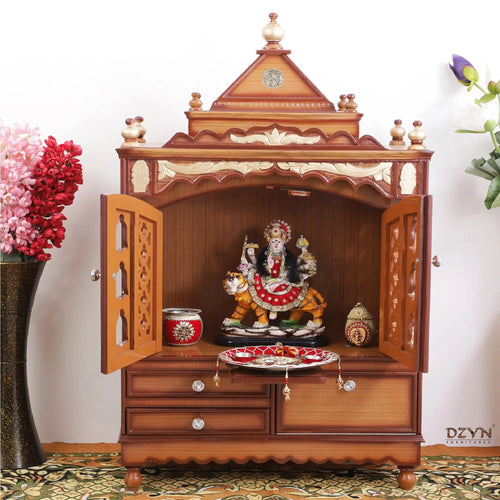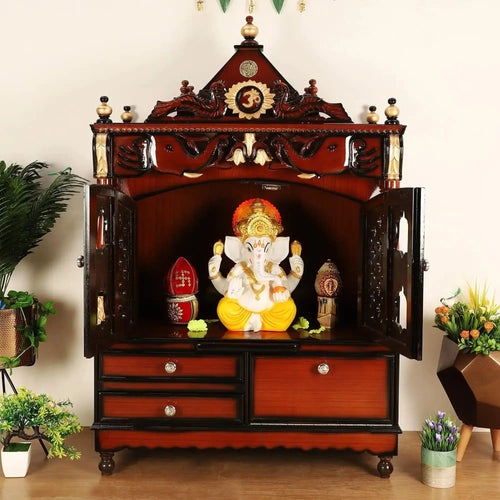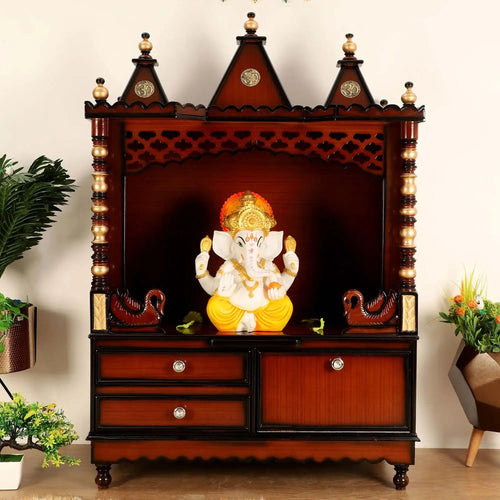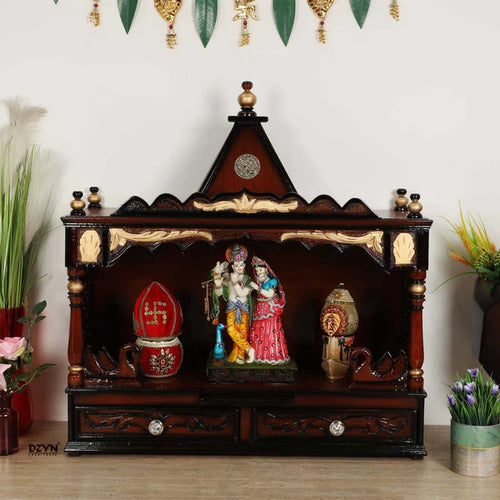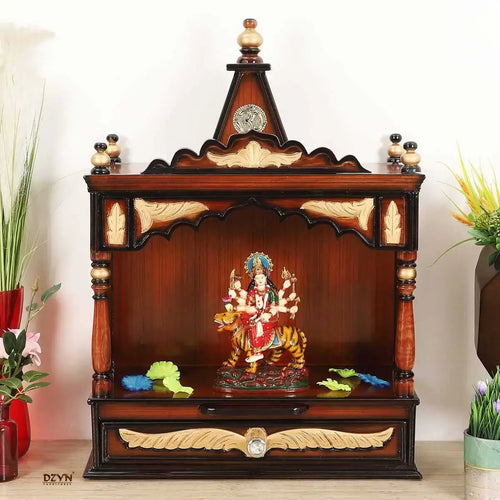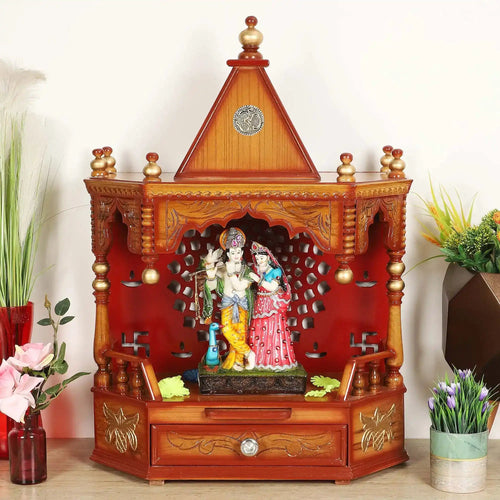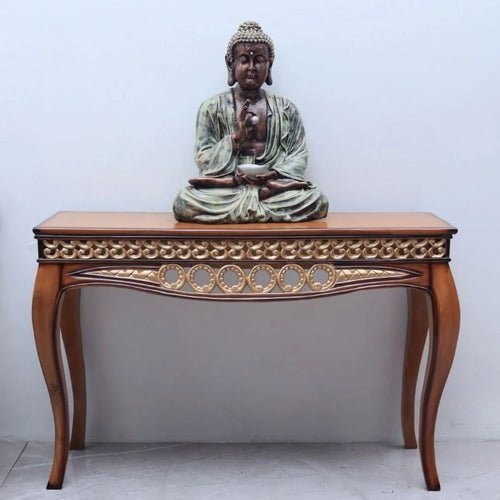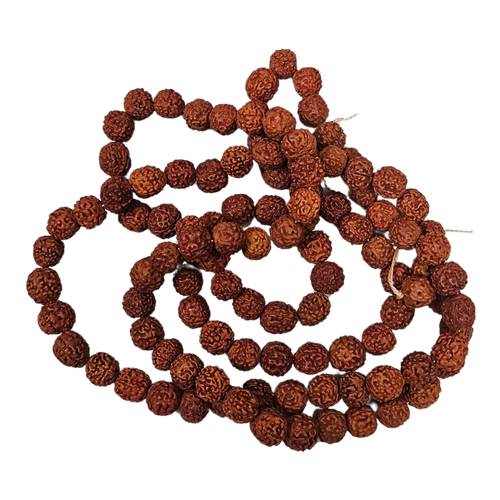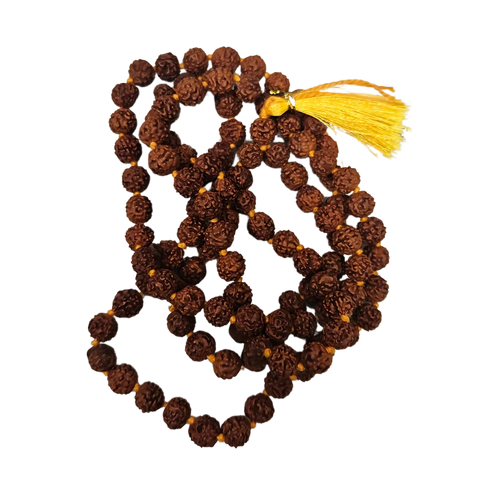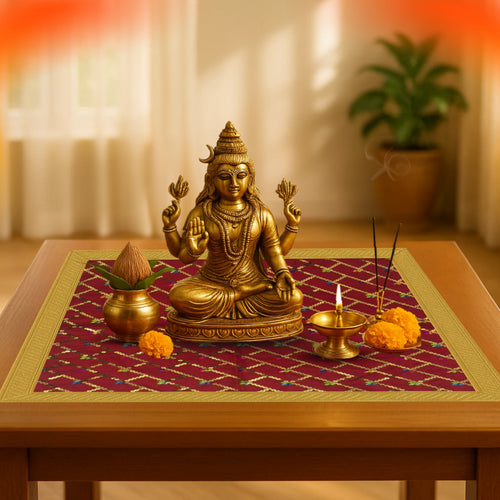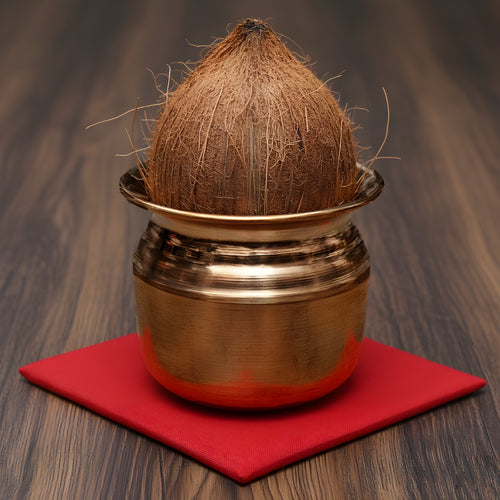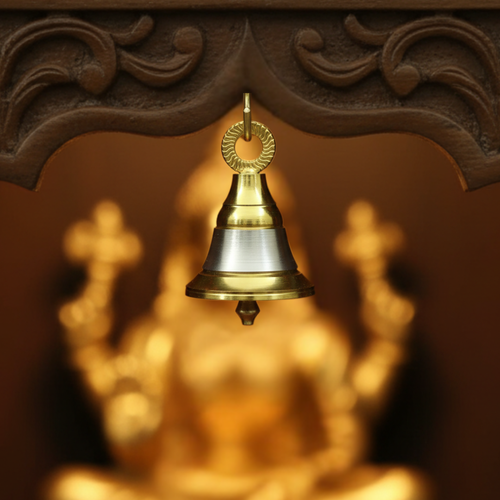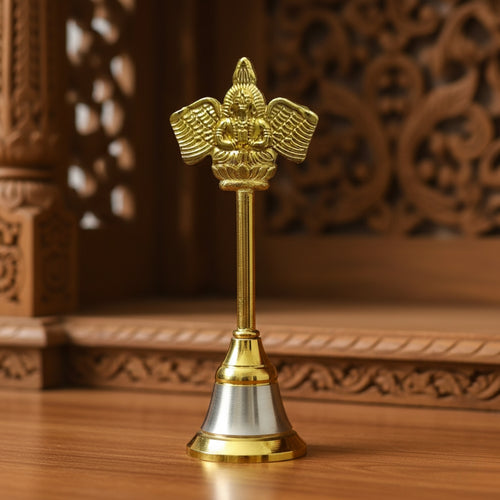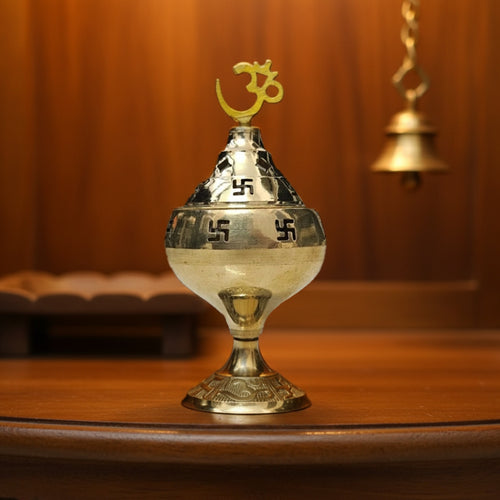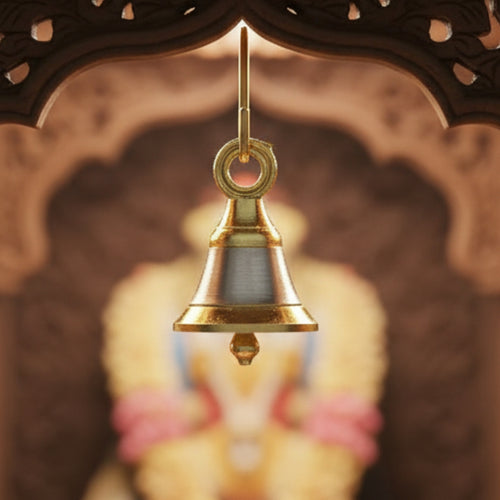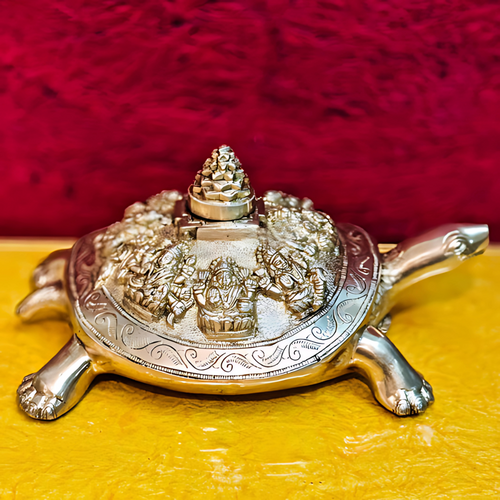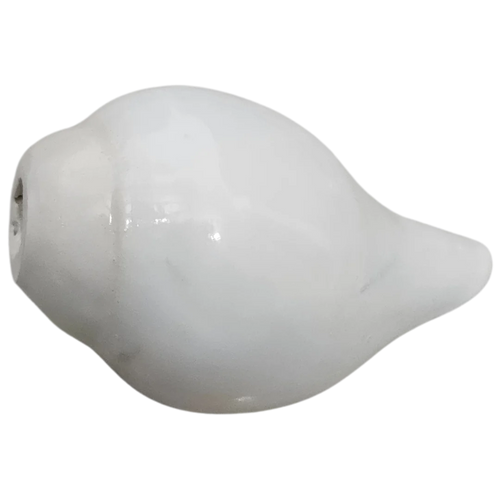Mahashivaratri is one of the many significant rituals in the Hindu tradition observed by millions of devotees across the nation. Literally, it is the combination of three different words, such as:
- Maha, means great
- Shiva, referring to Lord Shiva and
- Ratri, meaning night time.
All these three words together mean the great night of Lord Shiva.
Mahashivratri is typically observed on the month of Phalguna of the lunar calendar (February to March in the English calendar) within the dark fortnight. It has a lot of spiritual and religious significance.
Mahashivratri is quite different from most common religious festivals of India. It shows deep devotion that most people cannot follow. Some even see it as a form of hardship or sacrifice.

However, it is not so. It is just that you must perform the ritual in the right way. In fact, performing Mahashivratri ritual is the ultimate form of self-discipline, humiliation, and concentration. In this comprehensive guide, you will learn about the dos and don’ts for performing this ritual in the right way according to Hindu culture and traditions and seek blessings from Lord Shiva.
Religious Implications of Mahashivaratri
Mahashivratri festival signifies the performance of Tandava by Lord Shiva. This is a cosmic dance form that symbolizes creation and preservation. It is also associated with destruction.
Mythologically, the nights mark the marriage of Lord Shiva with goddess Parvati. From a different perspective, Mahashivratri denotes the night when heavenly awareness removes the darkness from the world as well as from the minds of the devotees.

- Some other popular beliefs regarding the significance of Mahashivratri include:
- Specific alignment of the planets and other heavenly bodies.
- Union of consciousness and energy.
Follow the Precise Timing
The most crucial requirement for performing Mahashivratri in the right way is to observe fasting. Few devotees do not drink water even. Also, you must follow the precise timing. Pujas should be typically offered at four distinct Prahars, a period of three hours, in the night.
This year Mahashivratri will be observed on Wednesday, February 26, 2025, with the four Prahars divided as follows:
- First - 05:39 PM to 08:44 PM
- Second - 08:44 PM to 11:49 PM
- Third - 11:49 PM to 02:54 AM the next day
- Fourth - 02:54 AM to 06:00 AM
The exact timing of the four Prahars may differ from one region to another so you are advised to check for the precise timing in the local panchang.
Significance of the Prahars
Each of these four prahars have a respective significance, though together they signify the transformation of darkness or ignorance to light or knowledge and energy. Additionally, these four prahars indicate the four distinct features of consciousness or knowledge, namely:
- Manas
- Chitta
- Buddhi
- Ahamkara
Staying awake all through the night is essential to perform Mahashivratri because it not only indicates your dedication towards Lord Shiva but also signifies spiritual observance.
The first prahar is meant for Abhishek of Lord Shiva or the first ritual by offering three-leafed Bilva leaves, milk and specific flowers such as Dhatura and Aak to the Lord. You must also chant the "Om Namah Shivaya" mantra. The entire practice is aimed at building your focus towards the ritual leaving all your material attachments behind.
The second prahar is mainly used for meditation and praising Lord Shiva by singing spiritual songs or bhajans. This is the period for self-inspection. You should overcome your ego, if any, and offer honey and yogurt to the Shiv Lingam.
The third prahar of Mahashivratri is most auspicious referring to the manifestation of the Lord. This is the time by which you should have surpassed the pain or pleasure feeling and meditate deeply chanting different mantras dedicated to the Lord. Different sweets and fruits are usually offered in the third prahar.
Finally, the fourth prahar represents enlightenment and liberation. The celebration is completed by offering water and unbroken rice grains to Mahadev while performing morning prayer and aarti.
Prepare for the Puja
Never perform Mahashivratri without proper preparation of the space and the altar. Take a bath preferably during the Brahma Muhurta or the predawn time and wear fresh, clean, and preferably white clothes. Cleanse the puja space using holy Ganga water. Also, clean the platform on which you place the idol.
Most importantly, set the puja altar in the right direction.
<Can We Wash Hair on Mahashivratri?
Ideally, there is no specific answer to this question because there is no standard norm followed. Therefore, to have a better understanding and make the right choice, you must know both the traditional and alternative practices.
Traditional Methods
According to traditional beliefs regarding washing hair, people seem to be divided and have different opinions. While washing hair is allowed in several traditions and is considered to be a crucial aspect that purifies the human body, others believe that it should be avoided. However, whatever you do, make sure you do it before the beginning of Vrat or fasting.
Traditional customs also indicate sacred ingredients must be used while taking a bath such as Gangajal or a dip in the Holy Ganges River, Durva or three-leaved tip of grass, Tulsi leaves, camphor, sesame seeds, and sandalwood powder.

Alternative Methods
People also follow alternative bathing and purification practices. You may follow them only if you have to.
For example, if you cannot take a bath so early in the morning, you can wait till sunrise. However, make sure you have your bath before the fasting or beginning of the ritual.
Also, if you cannot take a full bath, cleanse yourself symbolically by wiping your body with a piece of fresh and clean wet cloth or by sprinkling Holy Ganga water on you. Sipping water while chanting a special prayer or Achamana is also a common alternative practice.
No matter whichever method you follow, the primary objective is to show your devotion and purified spirit. More than your body, you should emphasise having a pure mind to start worshipping the Lord on Mahashivratri.
What to Do on Mahashivratri
While you perform the puja during Mahashivratri, ensure that you follow the proper sequence in all the Prahars and use the right ingredients.
Once you have purified yourself, make arrangements for the puja. Gather the essential ingredients, such as:
- A Shiva Lingam
- Three-leafed Bilva leaves
- Flowers especially Aak and Dhatura
- Fresh water
- Incense sticks
- Camphor
- Lamp or Diya, preferably with five wicks
- Oil or ghee and wicks for the lamp
- Chandan or sandalwood paste
- Bhasm or sacred ash
- Fruits especially Bael
- Sweets especially laddu and Modak
To prepare the Panchamrit, you must get the following ingredients:
- Milk
- Curd
- Ghee
- Honey
- Sugar
Each of these ingredients has its individual significance. While milk represents purity and an essential diet, curd represents strength and prosperity. Honey, on the other hand, represents sweetness and unity, while ghee symbolizes knowledge and victory. Sugar displays completeness and joy.
The Process to Follow
While performing the puja, especially during Abhishek, you should start by pouring fresh plain water on the Shiva Linga. Follow it by pouring milk, curd and honey. Also, pour ghee. Complete the process with a rinse with fresh water. All the while, you should chant the Shiva mantra.
While making the offering to the Lord, especially Bilva leaves, you must chant specific mantras for the Lord. The three leaves in each part of Bilva leaves signify three Gods, Brahma, Vishnu, and Mahesh or lord Shiva.

Light incense sticks after Abhishek. Move them in a clockwise direction three times. You may also light up and move the Diya along with it. Place the Diya on the right side of the idol. While offering sweets and fruits (Naivedya) to the Lord, place them at the front of the idol. Chant specific mantras all the time.
Points to Remember
During the puja, you should maintain silence and avoid distractions. You must have a pure mind and a devotional mindset.
Colors to Wear on Shivratri
The primary significance of the colors associated with the Mahashivratri of the Lord is to display purity and simplicity. This shows the meaning of the festival and creates a spiritual and peaceful feeling in devotees.
Traditionally, white color is preferred as it represents enlightenment, purity, and the supreme nature of Lord Shiva. However, you can even wear blue color, resembling the Neelkanth (blue throat) of the Lord, the heaven, and sky or the infinity. Saffron or orange color is also permitted as it symbolizes sacrifice and spiritual awakening.
Do not wear anything in black as it is related to the darkness of the night (tamas) or red color as it is good for happy occasions and festivities. Also, avoid any color that is too bright and flashy for such a solemn occasion as it will cause distraction. Heavy metallic color will also affect your spiritual focus.
Recommended dress for men:
- Dhoti with kurta
- Pajama with kurta
- Any traditional wear
Recommended dress for women:
- Saree
- Salwar kameez
- Any traditional wear
Fasting Dos and Don'ts
Mahashivratri fasting is difficult and crucial, lasting for approximately 24 hours, during which you must follow specific rules.
Fasting Dos
You must start your fasting after you take your bath at the Brahma Muhurta, or later as the case may be.
While fasting you may drink water throughout the day though some devotees prefer not to (Nirjala fasting).
If you suffer from medical conditions, you may take meals if you have to, but make sure these are in small portions.
Ideally, you must end your fast after you have completed the puja for the last Prahar and after the sun rises the next day with spiritual mindfulness.
Fasting Dos and Don'ts
On Mahashivratri, devotees must not eat anything after sunset. If you eat during the day, keep the portions of meals short. Never overeat.
Ideally, smoking or consuming tobacco or alcohol is prohibited.
While cooking your food, you must not use your daily cooking utensils, or those regular ones in which you cook non-veg food items.
What to Eat and What to Avoid on This Auspicious Day
Eat only pure or sattvic food items to break your fast, such as:
- Fresh fruits
- Dry fruits and nuts
- Fresh vegetables like pumpkin, bottled gourd raw banana, cucumber
- Root vegetables
- Buckwheat (kuttu) flour items
- Singhara (water chestnut) flour items
- Sabudana (sago)
- Milk
- Dairy products
- Honey
- Fresh fruit juices
- Plain or coconut water
- Herbal tea
Ensure using rock salt (sendha namak) in your food items.
Foods to Avoid
Also, while making your food, you should not use the following items:
- Rice, wheat, or other grains
- Regular table salt
- Dals
- Atta
- Beans
- Onion
- Garlic
- Turmeric
- Non-vegetarian items
- Processed foods
- Deep fried foods
- Spicy foods
Significant Mantras for Different Phases
Depending on your ability and knowledge, you must keep these things in mind while observing Mahashivratri.
Chant mantras that are dedicated only to Lord Shiva, such as:
- The basic and common Om Namah Shivaya mantra
- Mahamrityunjaya mantra
- Shiva Panchakshara stotram
You may also chant advanced mantras, if you know, such as:
- Rudra Gayatri
- Om Tatpurushaya Vidmahe mantra
- Nirvana Shatakam
- Shiva Tandava Stotram
You must also follow specific mudras while meditating of Lord Shiva. The basic mudras are:
- Dhyana mudra
- Gyan mudra
- Shiva Linga mudra
- Rudra mudra
There are some advanced mudras as well, such as:
- Vajra mudra
- Khechari Mudra
- Akash mudra
- Shambhavi Mudra
Chakra Alignment
If you practice chakra alignment, you must follow a specific sequence. For example, you must start with Muladhara and move gradually upward while focusing on the specific qualities of each chakra and integrating it with mantras.
While chanting the mantras, you should focus on your voice and vibrations as well. For example, OM should be chanted alone with a specific and deep humming sound. Chant the mantras in a proper way with clear words and proper breath control.
Common Mistakes to Avoid
There are a few common misconceptions regarding Mahashivratri, especially with fasting and pooja ingredients, as listed below and which you should not believe:
- Nirjala or a waterless fast is essential to please Lord Shiva.
- Visiting the temple of Lord Shiva any time to offer rituals is auspicious.
- All types of flowers can be used for the puja.
- Fast can be broken in the evening after the moonrise.
- Elaborate arrangements are necessary to seek the blessings of Lord Shiva.
Common Misconceptions
Avoid the common mistakes devotees usually make while observing Mahashivratri. Here are a few incorrect practices that you must avoid:
- If you use refrigerated milk, do not use it directly for Abhishek. Use lukewarm milk which is at room temperature.
- Do not touch the Shiv Lingam with your hands. You are supposed to offer flowers and Bilva leaves only.
- Do not offer all the puja items together during Abhishek to finish the process quickly. Each item must be offered separately following the right sequence along with chanting the right mantras.
- Do not use unclean or wet Shiva Lingam after Abhishek is completed. Clean and dry the Siva Lingam before your next offering.z
- Do not chant any mantra you like at any time. Maintain the right sequence and recite the mantras properly with accurate pronunciation.
Special Considerations
If you cannot go to the temple you can pray to Lord Shiva at home with the right process purity, and devotion. Alternatively, you can also participate in virtual temple rituals online.
If you are working on Mahashivratri, time management is crucial. Finish the puja in the morning before you go out for work. If you need to meditate in between, keep it short in front of your desk shrine. Complete the evening prayer after you finish work. Simple fasting and silent chanting of the mantra are allowed.
If you are travelling on Mahashivratri, make your meal arrangements before according to the timing. Carry a portable puja kit and permitted food. Maintain the prayer schedule in front of your desk shrine if you cannot find a Shiva temple nearby.
The significance of Mahashivratri and devotion to Lord Shiva is ancient and eternal. It is difficult and requires accuracy, deep devotion, and self-discipline to reach spiritual awareness. Fasting, meditating, and chanting dedicated mantras properly are the keys to accurate practice and building inner resilience, clarity, and transformation.
